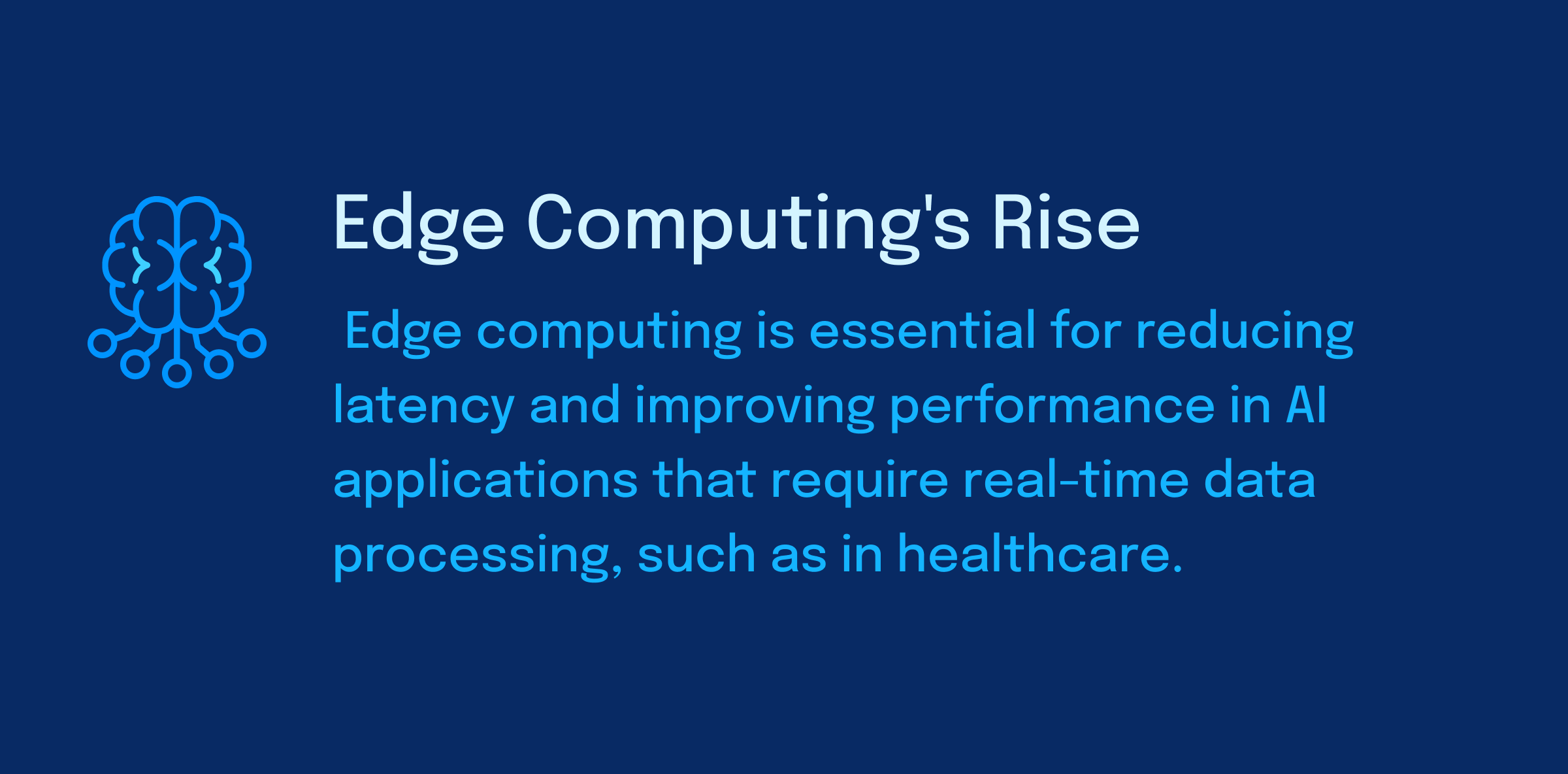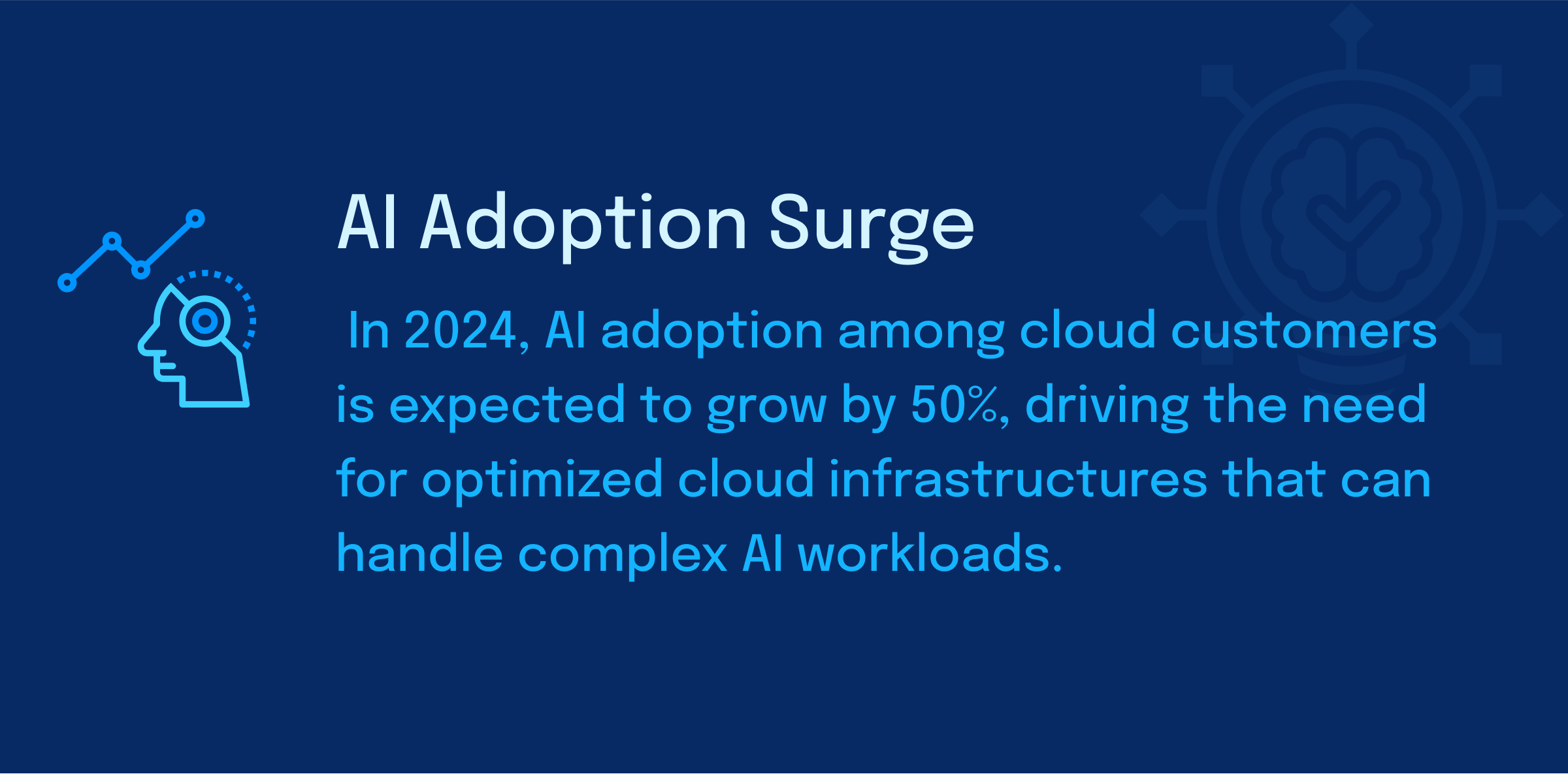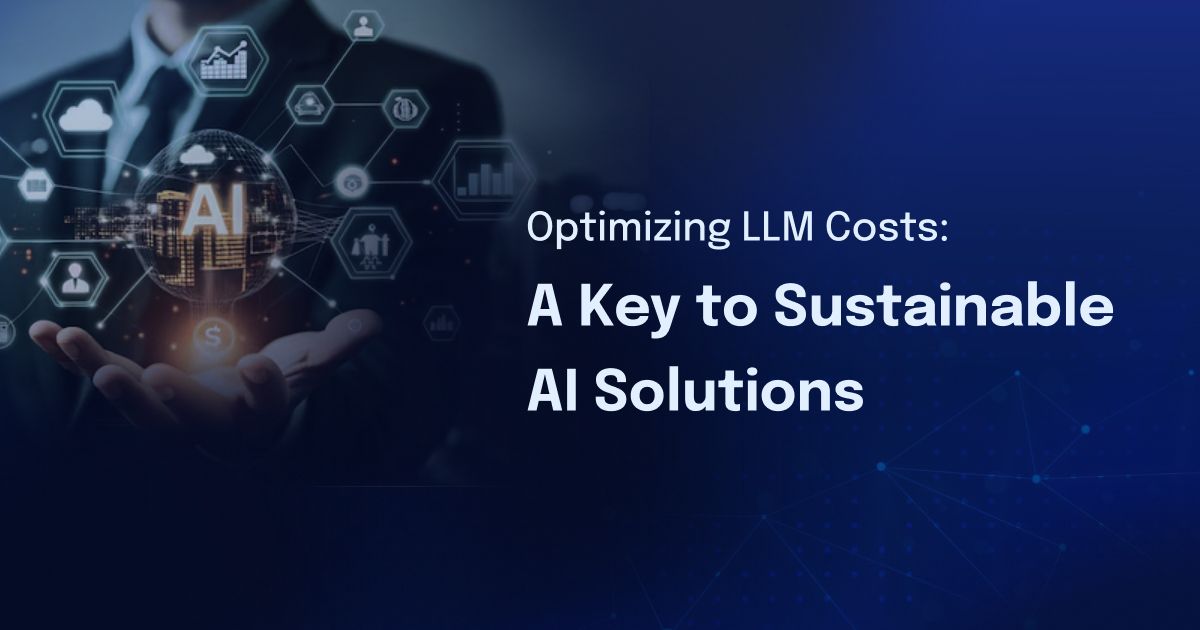Navigating the AI-Cloud Conundrum: Is Your Infrastructure Ready for the Next Wave of Innovation?
As we move further into 2024, the synergy between artificial intelligence (AI) and cloud infrastructure is reshaping industries at an unprecedented pace. This convergence is no longer optional; businesses must evolve or risk being left behind. With AI becoming a vital part of daily operations, the key question emerges: Is your cloud infrastructure equipped to handle the next wave of AI-driven innovation?

The AI-Cloud Synergy: Opportunities and Challenges
The integration of AI into cloud environments is revolutionizing industries by automating processes, enhancing decision-making, and improving efficiency. For example, businesses adopting AI have seen up to an 85% improvement in automation and efficiency. Generative AI (GenAI) is gaining traction in product development, pushing the limits of what cloud infrastructure can handle.
However, this explosive growth is a double-edged sword. AI brings tremendous opportunities but places significant demands on cloud infrastructure. Managing AI workloads in hybrid and multi-cloud environments is a complex endeavor that requires specialized tools, sophisticated orchestration services, and in-depth knowledge of cloud management platforms.
Optimizing Infrastructure for AI Success
With AI applications growing more complex and resource-intensive, optimizing cloud infrastructure is no longer a choice but a necessity. The need for "cloud-smart" strategies—where AI workloads are intelligently distributed across the most appropriate environments based on performance, cost, and security—is critical for business success.
Key technologies are stepping in to address these demands. Kubernetes is becoming a central player in managing AI applications in hybrid and multi-cloud setups. Its ability to automate deployment, scaling, and management of containerized applications has made it indispensable for businesses striving to manage AI workloads efficiently across multiple cloud environments.
Another pivotal technology is edge computing, which processes data closer to its source, reducing latency and improving the performance of real-time AI applications. Industries such as healthcare, where AI-powered diagnostic tools rely on real-time data, are particularly benefiting from this advancement.
Addressing the Cost and Security Dilemma
As AI workloads grow, so do the costs associated with managing them in the cloud. Businesses are looking for ways to optimize cloud spending without sacrificing performance. In response, cloud vendors are offering AI-powered cost management tools that allow businesses to gain greater visibility and control over their expenditures while promoting sustainability and reducing their carbon footprint.
Security is another top concern. AI applications frequently handle sensitive data, making them a target for cyberattacks. The complexity of securing AI workloads across hybrid and multi-cloud environments has led to the rise of AI-driven cybersecurity solutions and the adoption of zero-trust security models. These models are designed to protect data across diverse cloud platforms by continuously verifying every access request, ensuring that data remains secure in an increasingly interconnected digital world.
Strategic Considerations for the Future
Navigating the evolving AI-cloud landscape requires continuous adaptation. Businesses must focus on the following strategic areas to ensure long-term success:
- Embrace Cloud-Native Technologies: Adopting cloud-native technologies such as Kubernetes and serverless computing is essential for efficiently scaling AI applications across different environments.
- Invest in Edge Computing: Real-time AI applications benefit from edge computing, which reduces latency and enhances performance by processing data close to its source.
- Prioritize Security and Compliance: Robust security measures, including zero-trust models and AI-driven cybersecurity, are crucial for protecting sensitive AI workloads across multi-cloud environments.
- Optimize Cloud Costs: Leveraging cloud cost management tools allows businesses to manage their AI workloads more effectively and sustainably.

Conclusion: Thriving in the AI-Cloud Era
The intersection of AI and cloud computing presents both immense challenges and exciting opportunities. To stay competitive, businesses must ensure that their cloud infrastructure is equipped to support the demands of AI-driven innovation. By investing in optimized cloud strategies, including the adoption of Kubernetes, edge computing, and advanced security measures, companies can unlock the full potential of AI while staying ahead in a rapidly changing technological landscape.
In conclusion, strategic cloud optimization is the key to harnessing the power of AI in 2024 and beyond. Businesses that continuously adapt and evolve their cloud infrastructures will be the ones to capitalize on the next wave of AI innovation, driving growth, efficiency, and long-term success.

Join our LinkedIn community for the latest industry trends, expert insights, job opportunities, and more!


